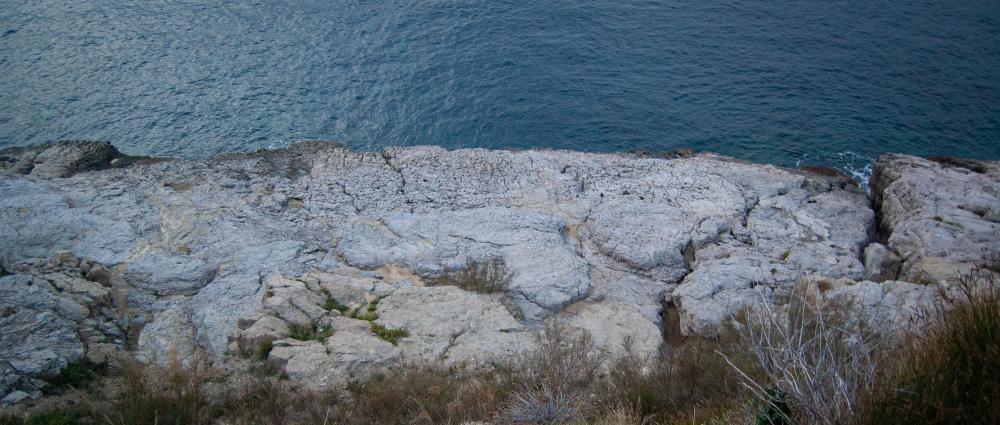
Roman holidays in villas between Stabia and Capri
Itinerary map
Itinerary stages
Archaeological excavations on Varano hill, the area where the Roman Stabiae (Castellammare di Stabia) stood, began in the 18th century at the behest of the Bourbon kings. In contrast to Herculaneum...
About 2,500 square metres of the villa (explored by Bourbon tunnels between 1757 and 1762) have been excavated, only part of the total area. It is the oldest villa on the coast, built through succe...
The entire coastline of Sorrento in Roman times is occupied by the imposing villa (1st century BC) built into the tuffaceous rock overlooking the sea. The foundations of the maritime constructions,...
The Roman villa, attributed to the Augustan period, occupies almost the entire area of the Capo Massa promontory. A splendid and luxurious villa, the home of a wealthy landowner, it consists of a d...
At Capo di Sorrento, a panoramic point on the Sorrento cliffs, imposing ruins indicate the presence of the villa, which stretched over an area estimated at about 30,000 square metres. Like other vi...
In the last period of his reign (27.37 A.D.), the Emperor Tiberius chose Capri as his permanent residence and ordered the construction of twelve villas on the island, each consecrated to an Olympia...

No Comments Available










